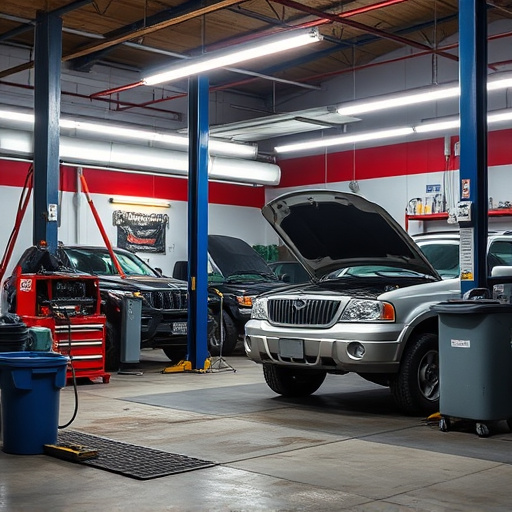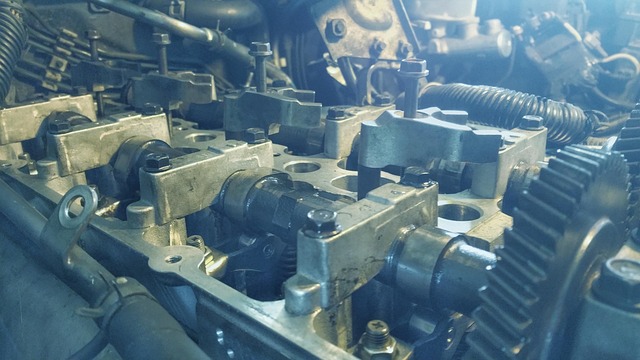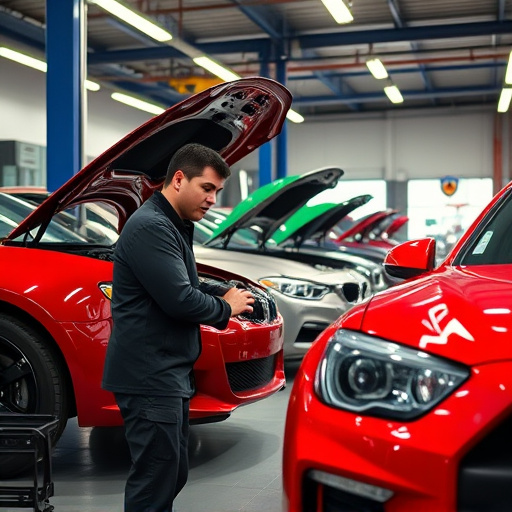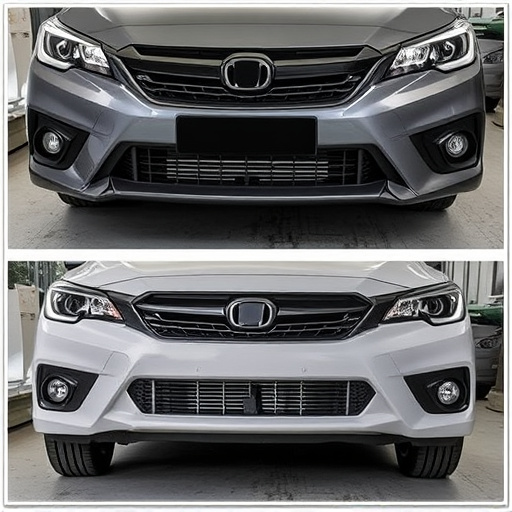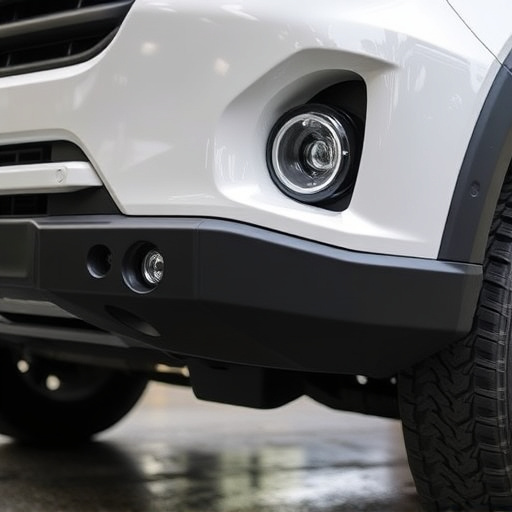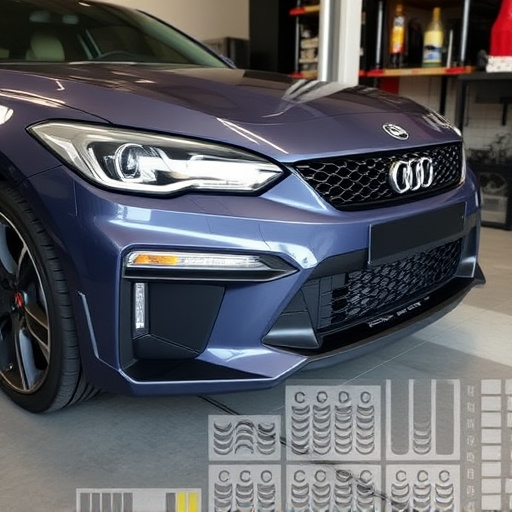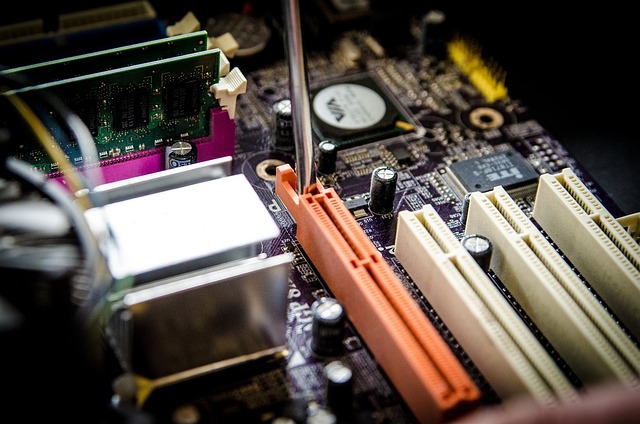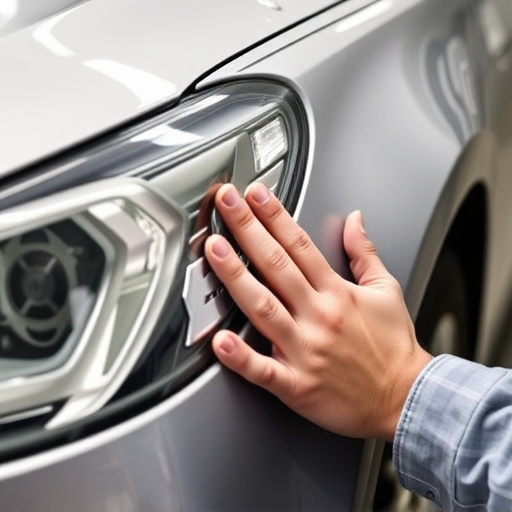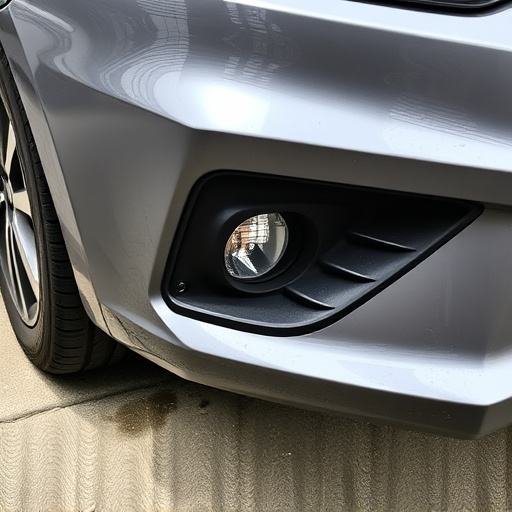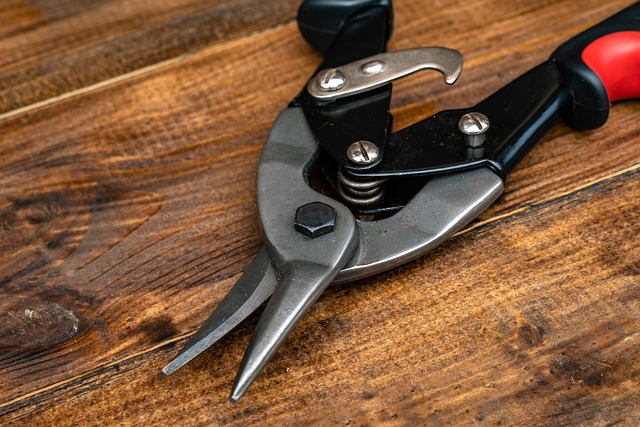Tesla structural integrity repair is a specialized service that restores the safety and soundness of damaged Tesla vehicles, using advanced tools and techniques like computer-aided frame straightening. Regular maintenance, including inspections and bodywork checks, is vital after repair to maintain performance, address potential issues, and preserve vehicle value.
Tesla vehicles are renowned for their advanced technology, but like any car, they require proper maintenance, especially after structural repairs. This article delves into the critical aspect of preserving performance post-Tesla structural integrity repair. We’ll guide you through understanding the repair process, offer essential tips for owners to ensure optimal vehicle performance, and highlight potential issues to watch out for. By following these insights, Tesla owners can confidently maintain their vehicle’s efficiency and reliability after structural repairs.
- Understanding Tesla Structural Integrity Repair: The Process and Its Purpose
- Ensuring Optimal Performance Post-Repair: Tips for Owners
- Common Issues and How to Address Them After the Repair
Understanding Tesla Structural Integrity Repair: The Process and Its Purpose
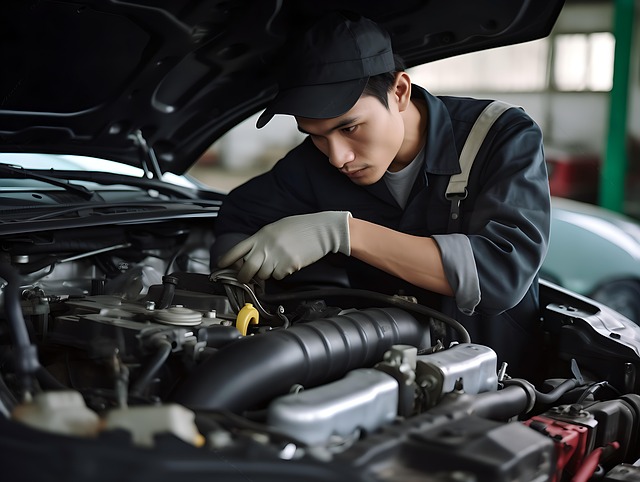
Tesla structural integrity repair is a specialized process designed to restore the structural soundness and safety of Tesla vehicles after an accident or damage. It involves meticulous evaluation and precise manipulation of the vehicle’s frame, ensuring that all components are aligned and secured to factory standards. This repair method goes beyond mere cosmetic fixes; its primary purpose is to maintain the vehicle’s overall performance and structural integrity, making it a crucial service for auto enthusiasts and automotive body shops specializing in Tesla vehicles.
The process typically begins with a thorough inspection using advanced diagnostic tools to identify any discrepancies from the original design. Skilled technicians then employ various techniques, including computer-aided frame straightening, to realign the metal components. In cases where the damage is extensive, replacement parts are used to restore the auto frame repair to its optimal condition. Vehicle restoration at this level requires a deep understanding of Tesla’s unique construction methods and design principles, ensuring that every fix not only addresses the immediate issue but also preserves the vehicle’s original performance characteristics.
Ensuring Optimal Performance Post-Repair: Tips for Owners

After a Tesla structural integrity repair, owners can expect their vehicle to return to its optimal performance capabilities. To maintain this standard and ensure your Tesla continues to run smoothly, regular maintenance checks are crucial. Start by inspecting the repaired area for any signs of damage or weaknesses, as these could indicate further issues down the line. Keep an eye on the car’s overall condition too; regular washing and detailing not only enhance the appearance but also protect the paintwork and body panels from environmental factors that might compromise structural integrity.
In terms of auto body services, consider taking your Tesla for routine checks at specialized workshops familiar with electric vehicle (EV) repairs. This proactive approach will help identify potential problems early on, ensuring any issues with car bodywork are addressed promptly. Remember, a well-maintained Tesla not only performs better but also retains its value over time.
Common Issues and How to Address Them After the Repair
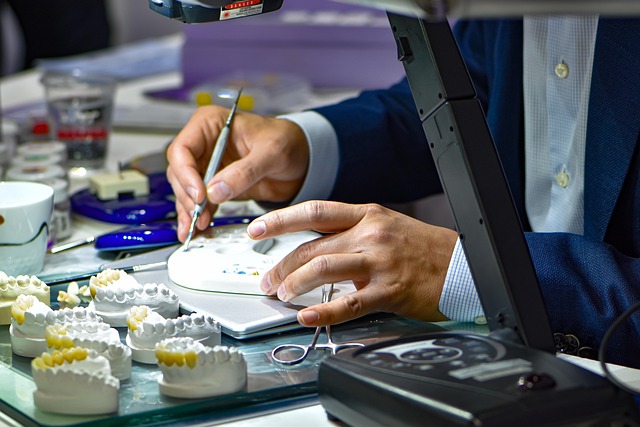
After a Tesla structural integrity repair, many owners are eager to ensure their vehicle maintains its high-performance standards. Common issues can arise due to the intricate nature of automotive body shop work and car body restoration processes. One frequent concern is a loss in overall performance, which may be attributed to changes in weight distribution or adjustments made during the repair. To address these potential issues, it’s crucial to follow up with a comprehensive test drive, focusing on acceleration, handling, and braking—the fundamental aspects of vehicle restoration that directly impact driving dynamics.
Regular maintenance checks post-repair are essential, as they can identify any subtle problems early on. These checks should include examining the alignment, checking fluid levels, and inspecting for signs of rust or water damage, especially if the repair involved a flooded vehicle. By proactively addressing these matters, owners can ensure their Tesla not only retains its structural integrity but also continues to deliver optimal performance in all driving conditions. This proactive approach, combined with regular service visits to an experienced automotive body shop, will contribute to the long-term health and outstanding condition of your Tesla.
After undergoing a Tesla structural integrity repair, it’s essential to ensure optimal performance and address any potential issues promptly. By implementing the tips provided for post-repair maintenance, owners can extend the life of their vehicle’s structure and preserve its original strength. Remember that regular checks and timely action are key to navigating any challenges that may arise, ensuring a smooth and safe driving experience well into the future.
